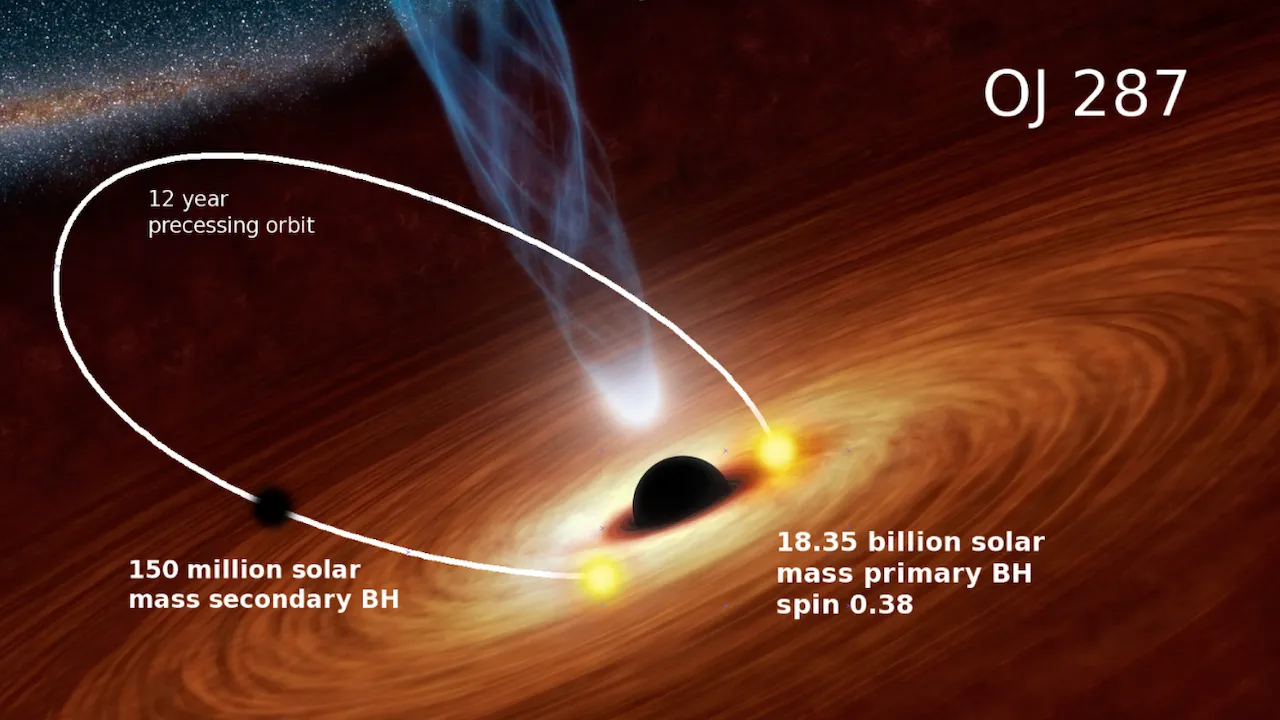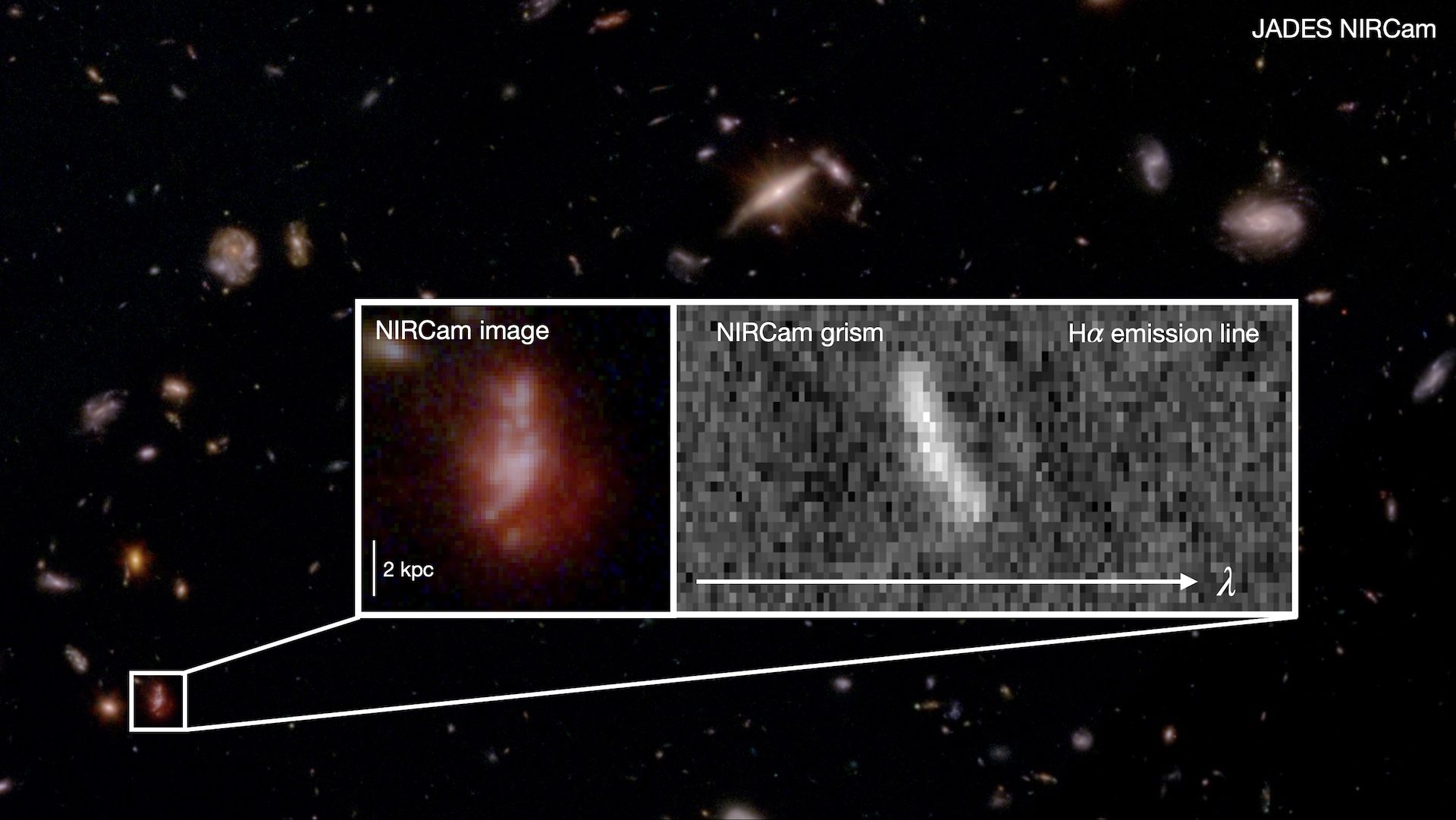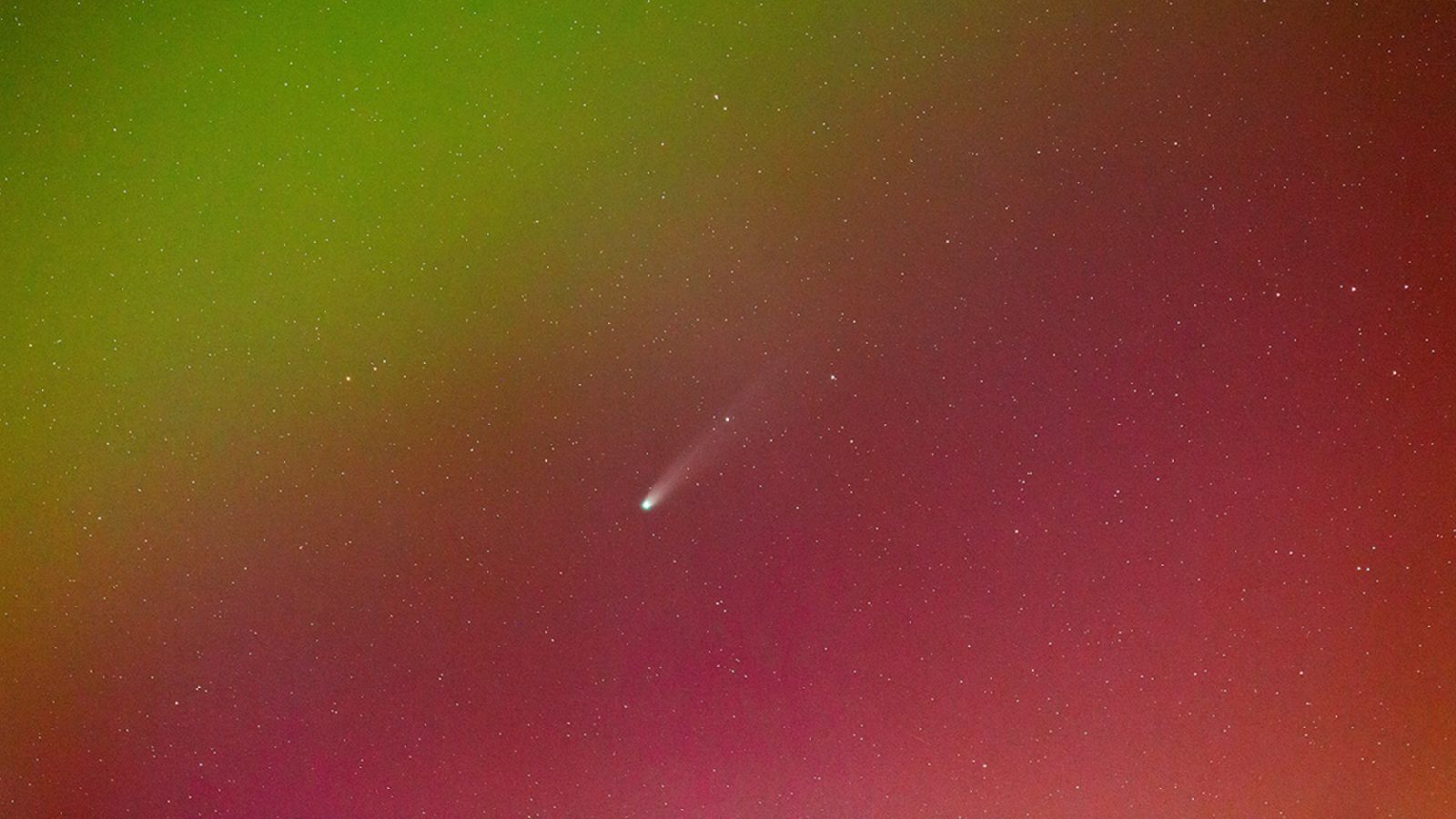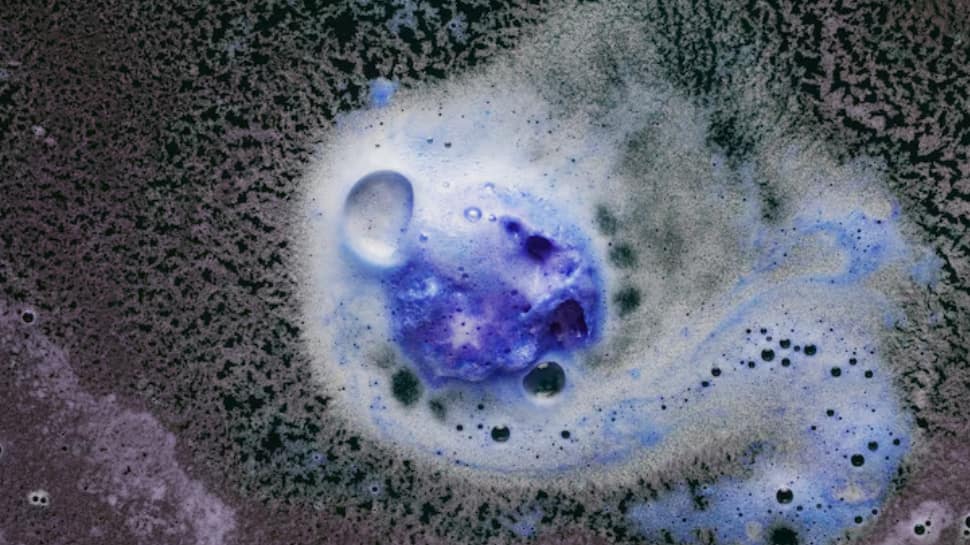Unbelievable Discovery: Our Milky Way is Rippling Through Space!

Did you know our galaxy is not just floating in space but is actually sending out massive waves that ripple across the cosmos? Data from the European Space Agency's Gaia space telescope has unveiled a jaw-dropping phenomenon: the Milky Way is constantly in motion, not just spinning but also rippling like water in a pond!
For over a hundred years, astronomers have known that the stars in our Milky Way orbit around its core. Thanks to Gaia's precise tracking, we now know the stars' speeds and trajectories with stunning clarity. Since the 1950s, scientists have also realized that our galactic disc is not a flat pancake but rather warped, adding yet another layer of mystery to our cosmic home. Then, in 2020, Gaia revealed that this warped disc oscillates over time, akin to a spinning top that sways back and forth.
But wait—there’s more! Researchers have just identified a colossal wave moving through the Milky Way, affecting stars tens of thousands of light-years away from the Sun. Imagine a rock being tossed into a still pond—the ripples that spread out mimic this galactic wave, but instead of water, we're talking about stars cascading across the far reaches of our galaxy.
The visuals are incredible! Gaia’s detailed map showcases thousands of bright stars represented in vibrant red and blue hues. The top-down view of our galaxy shows a beautiful dance of these colors, while the side view reveals the galactic disc curving upwards on one side and downward on the other. The red regions indicate stars above the warped plane, while blue areas mark those below.
Despite our current spacecraft being unable to venture beyond the Milky Way, Gaia’s impressive precision allows scientists to create these stunning 3D maps, providing insights into how these waves extend over vast sections of the galactic disc, affecting stars located approximately 30,000 to 65,000 light-years from the center of our galaxy, which measures about 100,000 light-years across.
“What’s even more fascinating,” says astronomer Eloisa Poggio from the Istituto Nazionale di Astrofisica in Italy, who led the team that made this discovery, “is our ability to measure the motions of stars within the galactic disc. The visual structure of the wave and its behavior when we analyze the motions of stars within it is remarkable.”
In the linked edge-on view of our galaxy, white arrows illustrate how stars move. The vertical movement of these stars slightly shifts sideways compared to their positions, creating a dynamic wave-like pattern. It's similar to a stadium crowd performing the wave—some are standing, while others have just sat down or are getting ready to rise again. Galactic timescales may be stretched out, but the concept is strikingly similar.
The research team observed young giant stars and Cepheid stars, which twinkle predictably, making them easier for Gaia to track. These stars seem to be riding the wave, suggesting that gas in the galactic disc might also be joining this cosmic dance. Newly formed stars could even carry a sort of “memory” of this wave from the gas they originated from.
But what’s causing this extraordinary galactic oscillation? One theory suggests that the Milky Way may have interacted with a smaller dwarf galaxy in the past, although more research is needed to confirm this. There’s also speculation about a possible connection to the smaller Radcliffe Wave, which is about 500 light-years from us and stretches across 9,000 light-years.
“However, the Radcliffe Wave is much smaller and found in a different section of the galaxy compared to the great wave we studied,” explains Eloisa. “We want to investigate further to understand any potential relationships between these two waves.”
As Johannes Sahlmann, ESA's Gaia Project Scientist, puts it, “The upcoming fourth data release from Gaia will give us even better positions and motions for Milky Way stars, including variable stars like Cepheids, which will ultimately enhance our understanding of these fascinating features in our home galaxy.”


























